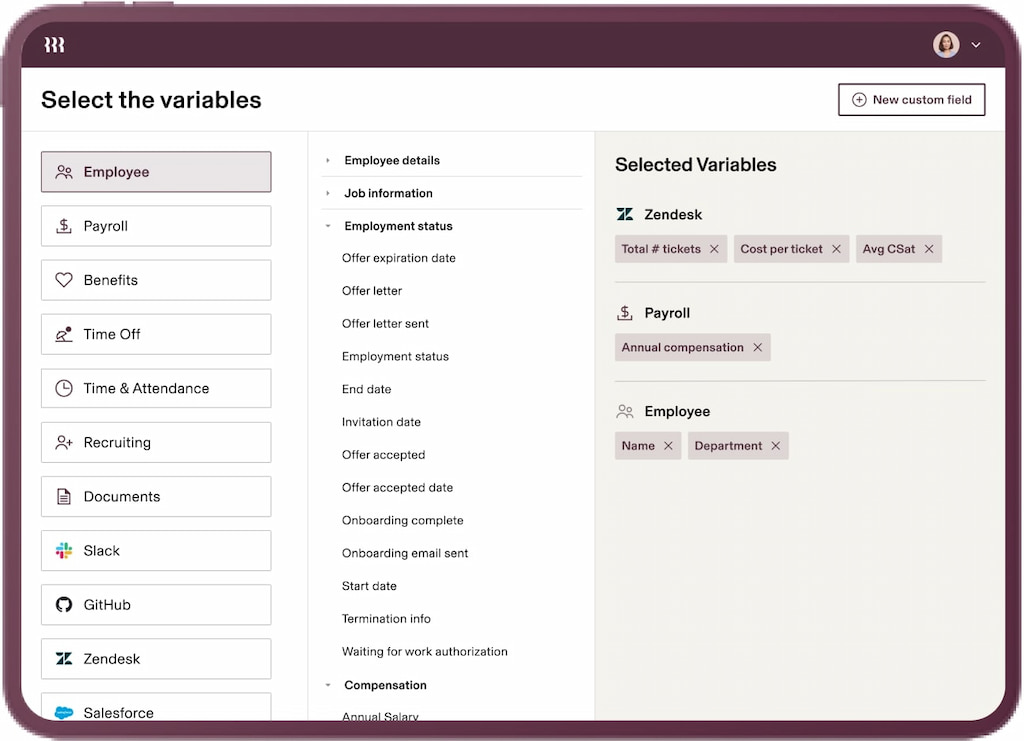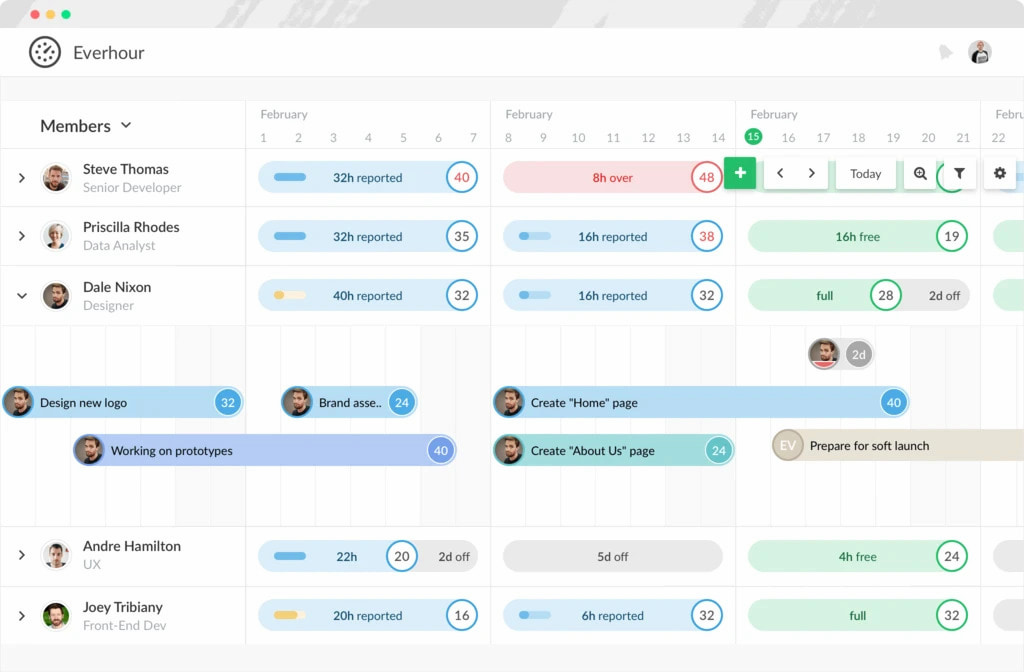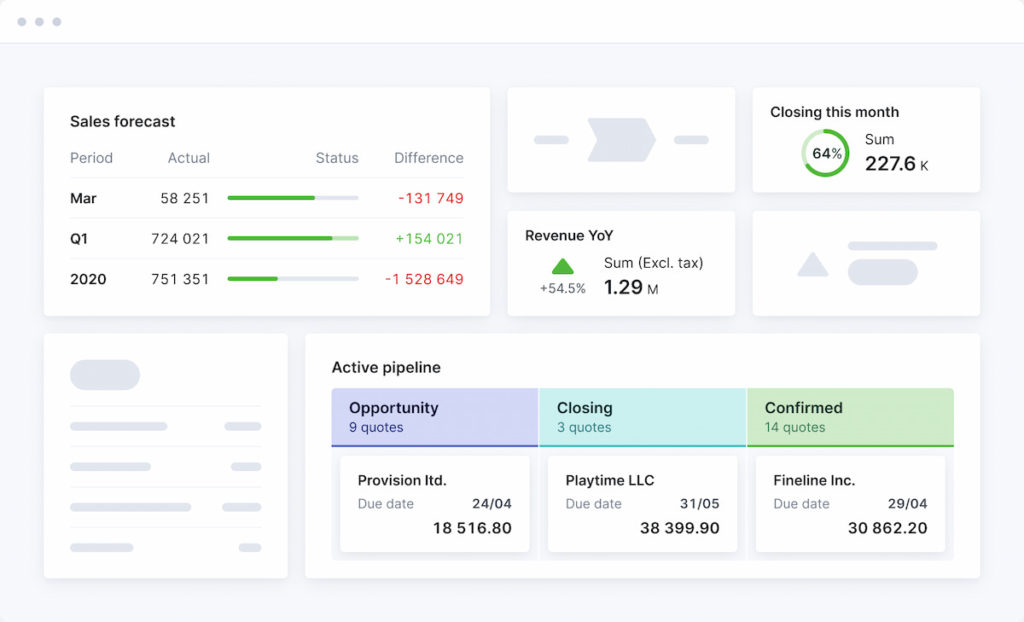Resource management software and free employee shift scheduling apps are no longer just about headcounts and spreadsheets — it’s about giving teams visibility into time, tasks, and capacity.
Whether you’re a project manager, agency lead, or HR ops pro, here’s your zero-fluff guide to the best resource management software tools.
🔍 What Is Resource Management Software?
Resource management software helps companies plan, allocate, and track how people and assets are used across projects, departments, or clients. Depending on the use case, it may include:
- 🧑🤝🧑 Team workload planning
- 📊 Capacity forecasting
- 🗂️ HR analytics & leave tracking
- 🗺️ Client/project resource mapping
- 💰 Budget + utilization metrics
🏆 Best Resource Management Software Tools
| 🛠️ Tool | Best For | Key Features |
|---|---|---|
| Everhour + Shifts | Workload & time tracking | Resource planning, task hours, availability |
| Float | Creative agencies, PMs | Visual resource planning, utilization metrics |
| Resource Guru | Fast-moving project teams | Drag-and-drop scheduling, leave management |
| ClickUp | All-in-one task & resourcing | Tasks + resource calendar in one |
| Kantata (Mavenlink) | Agencies & pro services firms | Finance + resource planning suite |
| Monday.com | Marketing & cross-functional teams | Easy UI, flexible views |
| Runn | SaaS teams & consultants | Forecasting, cost planning, timesheets |
💼 Best HR-Focused Resource Management Software
Looking to combine people data with workload visibility?
- BambooHR – Clean HRIS with time-off tracking, org charts
- Rippling – HR + IT + finance, includes scheduling & roles
- Gusto – Better for payroll, but includes employee profiles
- Deel – If your team is international and growing fast

📦 Best Resource Management Tools for Project Managers
PMs need drag-and-drop visibility over people, time, and budget.
- Everhour – Time tracker + team load view, integrates with PM tools
- Float – Clean visual resource interface, great for design/marketing teams
- Runn – Project forecasting + resourcing + billing in one
- Resource Guru – Simple and scalable for growing teams, perfect leave management system
- ClickUp – Has basic native workload tools for teams already in ClickUp

🏢 Best Enterprise & Agency Resource Management Platforms
These tools shine for large teams and complex delivery:
- Kantata (Mavenlink) – For agencies with budgeting + invoicing needs
- Saviom – Enterprise-grade scheduling, used by IT + engineering
- Mosaic – Great AI-assisted planning and forecasting
- Scoro – All-in-one agency dashboard with CRM + resources

🌍 Open Source & Free Resource Management Software
Want flexibility or no monthly fee?
- OpenProject – Project management + resource assignments
- OrangeScrum – Open source PM with basic resource view
- Tability (Free Plan) – OKR + basic team alignment tracking
- Bitrix24 – Free plan includes tasks, HR, CRM modules
- Shifts by Everhour (Free Plan) – Lightweight resource view for SMB teams

🧠 Key Features to Look For
- 📅 Calendar-based scheduling
- 🏖️ Leave/time-off integration
- 💼 Billable vs. non-billable tracking
- 📈 Utilization charts and forecasting
- 🧑🔧 Team availability by role or skill
- 🔗 Integration with time tracking + PM tools
- 🌍 Support for hybrid and global teams
🧩 Industry-Specific Resource Software
- Marketing teams: Monday.com, Float, Resource Guru
- Agencies: Kantata, Scoro, ClickUp + Everhour
- HR: BambooHR, Rippling, OrangeHRM (open source)
- Construction employee scheduling: Bridgit Bench, Fieldwire
- IT/Engineering: Saviom, Jira + plugins
❓ FAQs
1. What is resource management software used for?
Tracking and optimizing how people and assets are used across projects and teams.
2. What is the best resource management software for small businesses?
Everhour + Shifts or Float offer low-overhead planning tools.
3. Are there free resource management tools?
Yes — Bitrix24, OpenProject, and Shifts by Everhour all offer free plans.
4. What’s the best HR resource management tool?
BambooHR or Rippling for user-friendliness, Saviom for scale.
5. How do I choose resource management software?
Match your use case: do you need visual scheduling, cost planning, HR data, or billable tracking?
6. What are the key features to look for?
Leave tracking, calendar views, capacity forecasting, and integrations with tools like Asana or Trello.
🔎 Final Word
The best resource scheduling software isn’t just a calendar — it’s a strategic dashboard for time, people, and projects. Start simple. Get visibility. Avoid burnout. Grow into more power if needed.
Try Shifts by Everhour if you want clean time tracking and resource views — all where your team already works.

